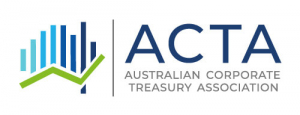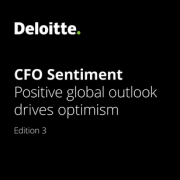Insights CFO Sentiment | Edition 3
Insights CFO Sentiment | Edition 3
Confidence amongst CFOs continues to improve alongside the positive fortunes of the global economy.
That doesn’t mean that uncertainty doesn’t continue to prevail, but Australia’s most senior finance executives remain comfortable in the face of the challenges it presents. Risk appetite is up, innovation and technology – from blockchain to automation – remain keys to productivity improvements, and workforce wellness has emerged as an important focus.
What did Australia’s most senior finance executives make of the first half of 2017?




